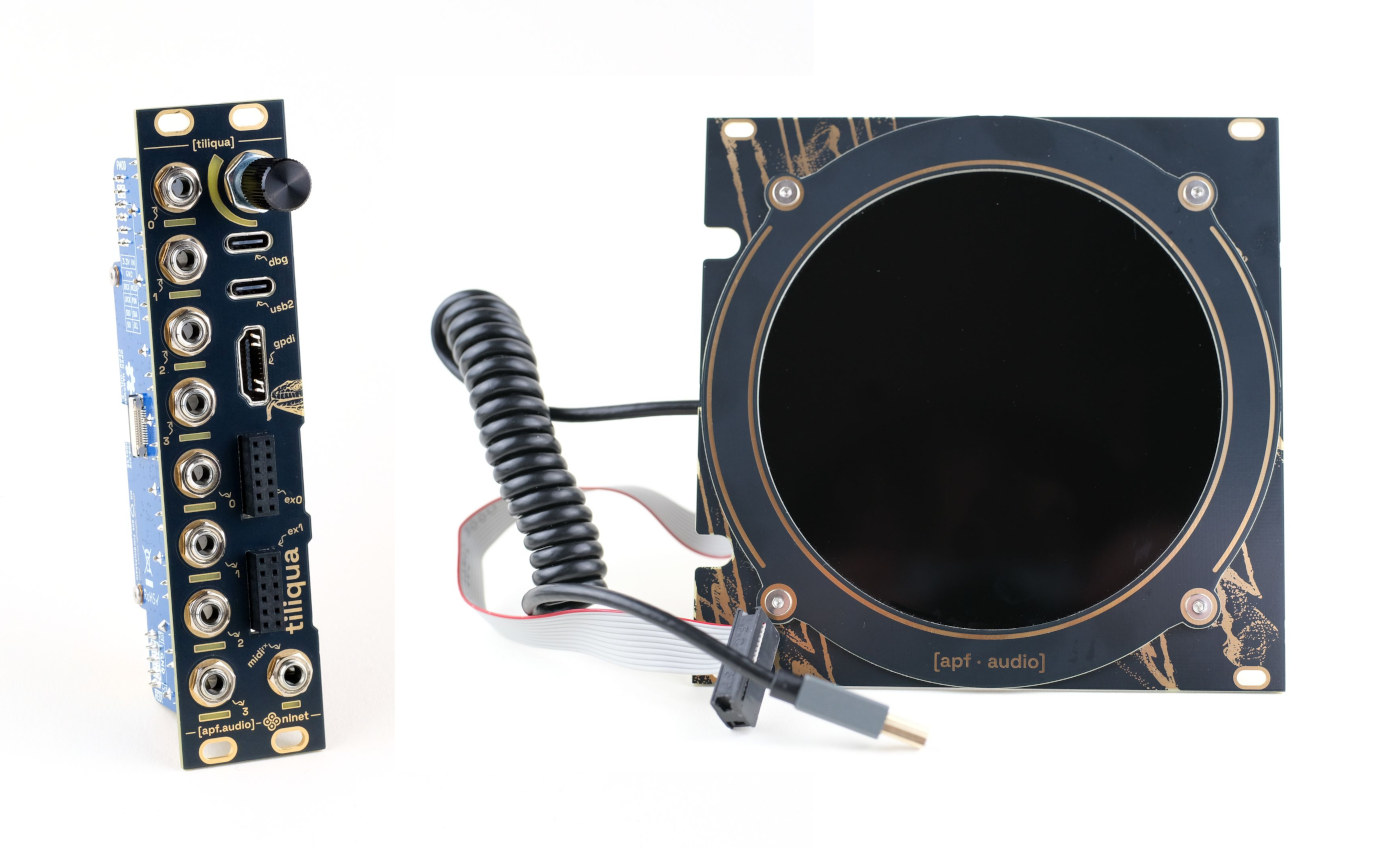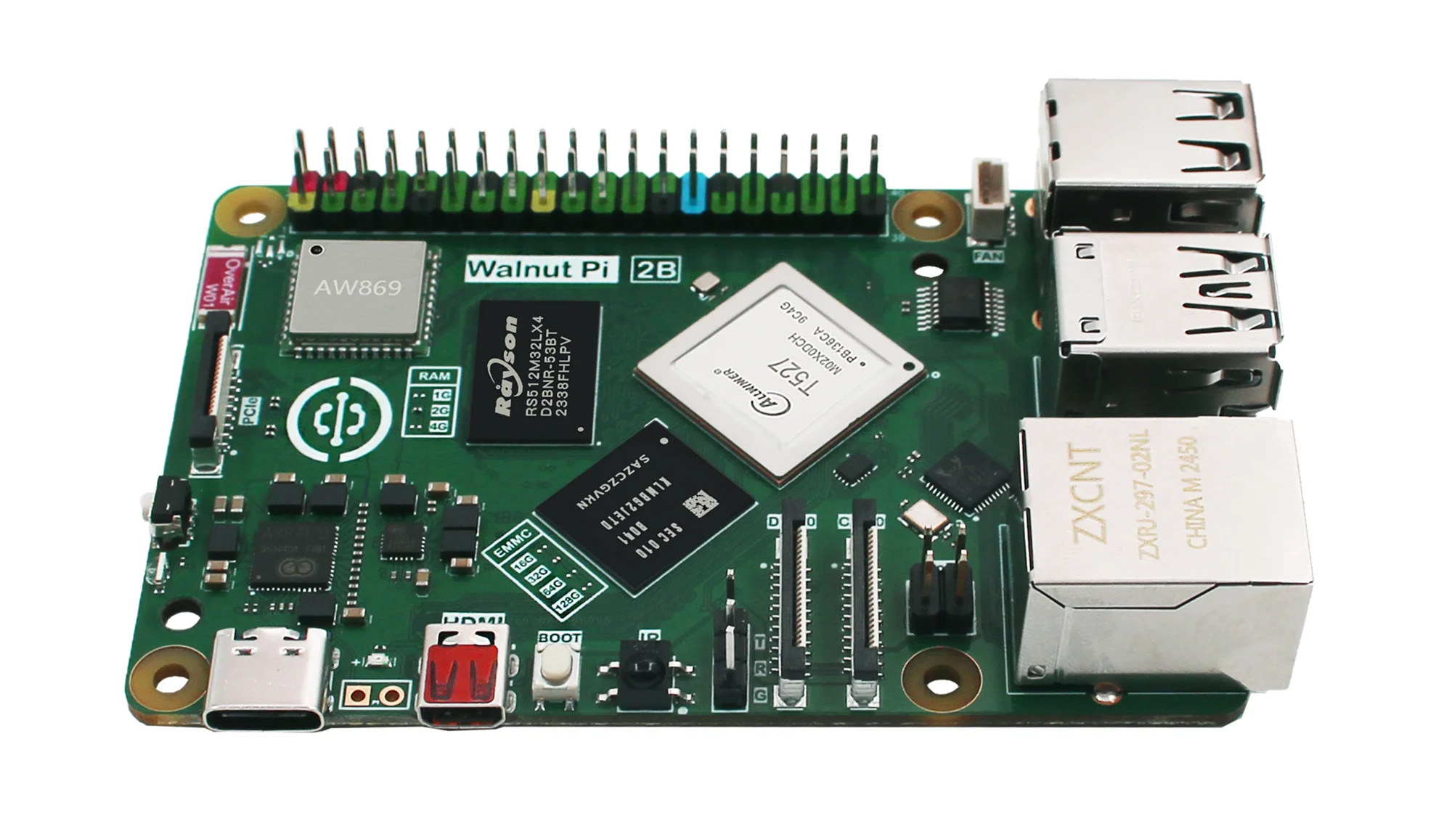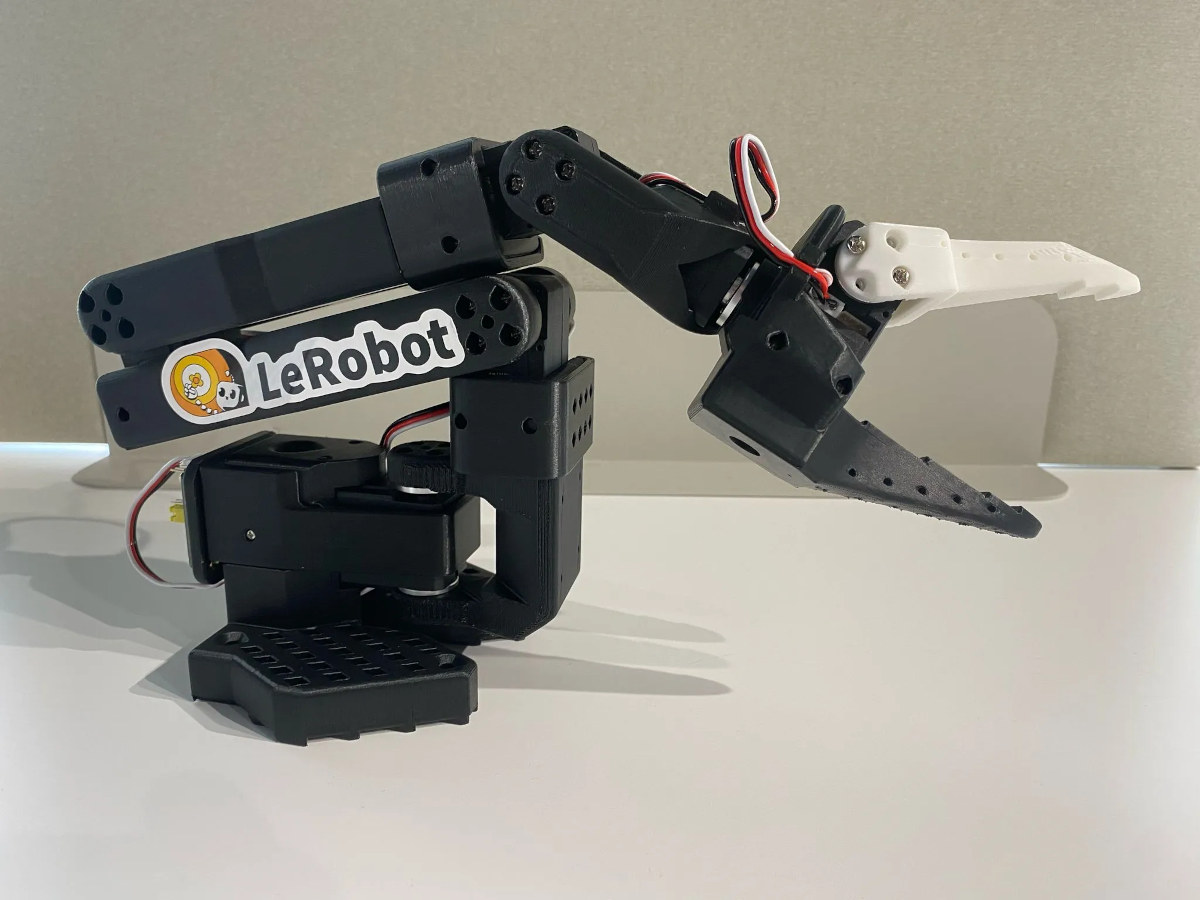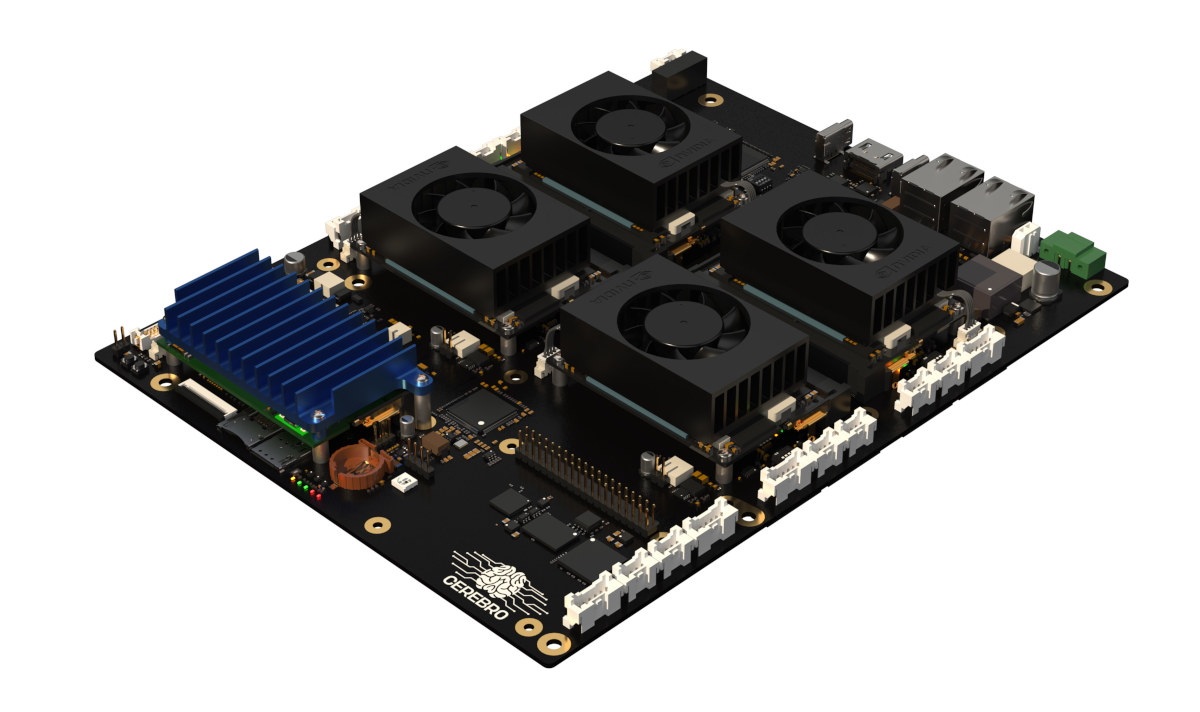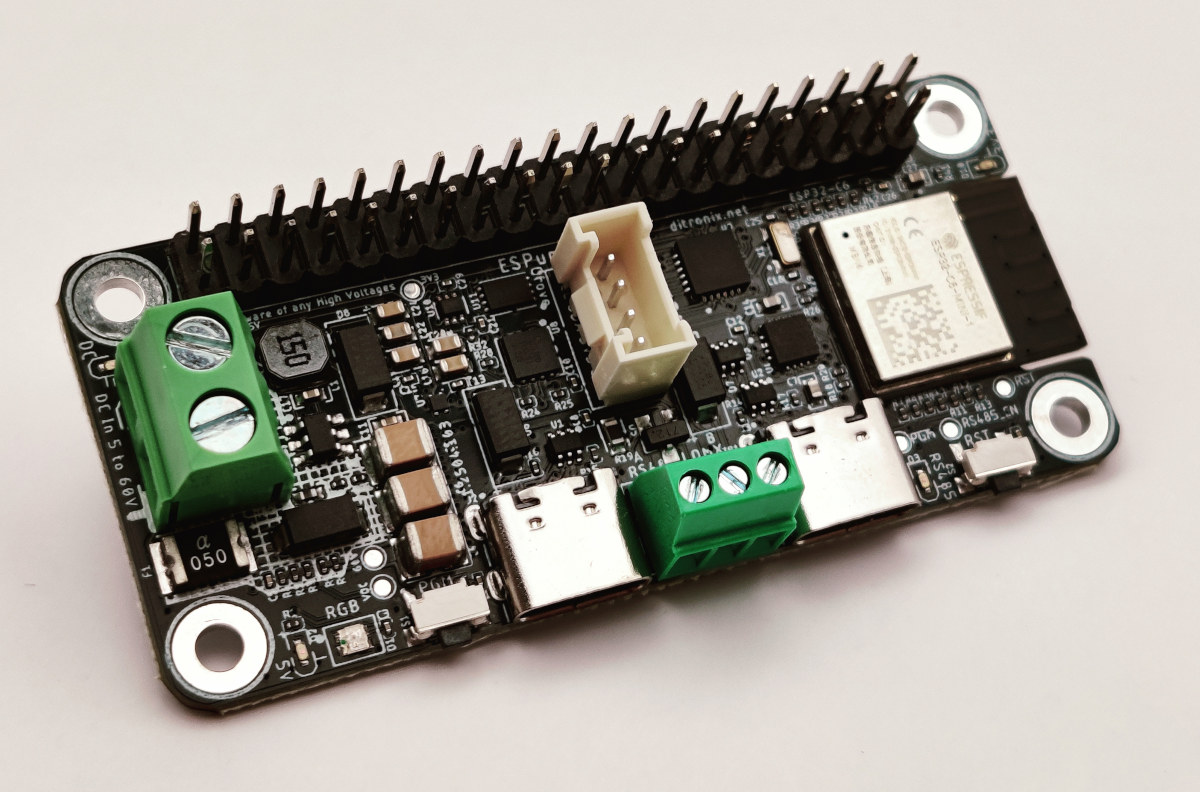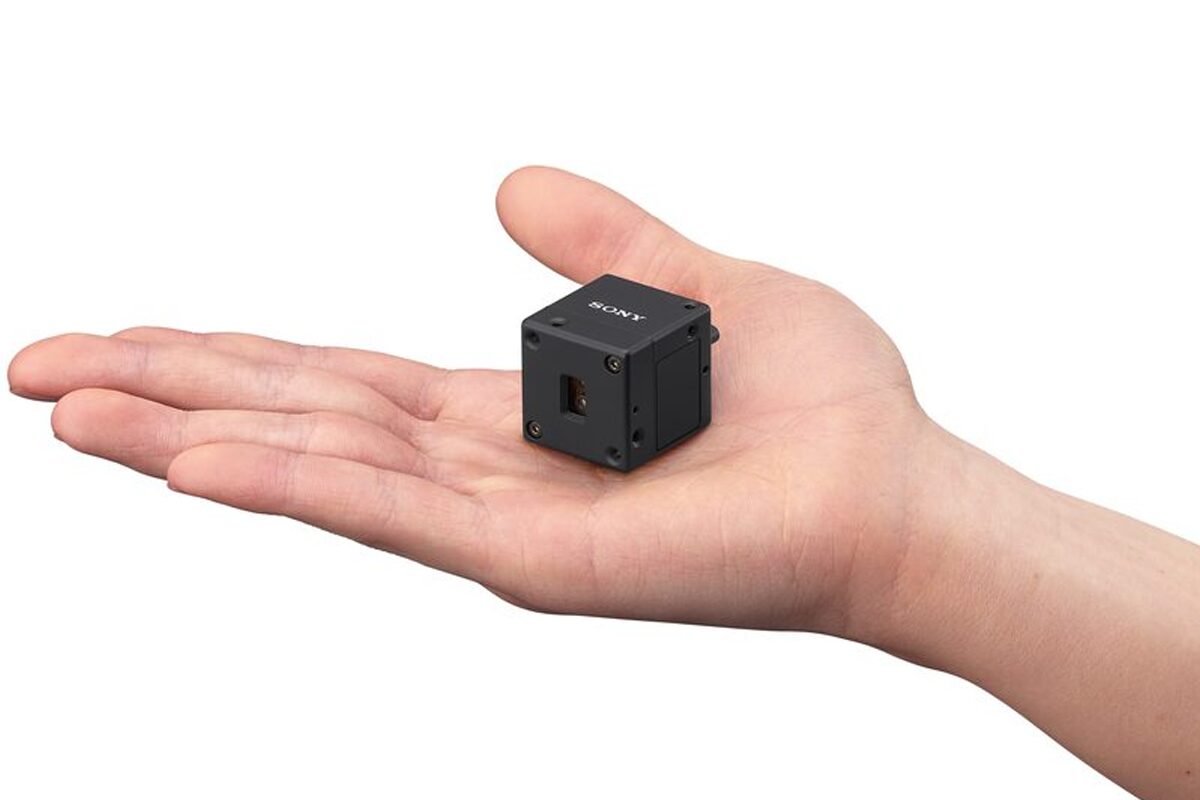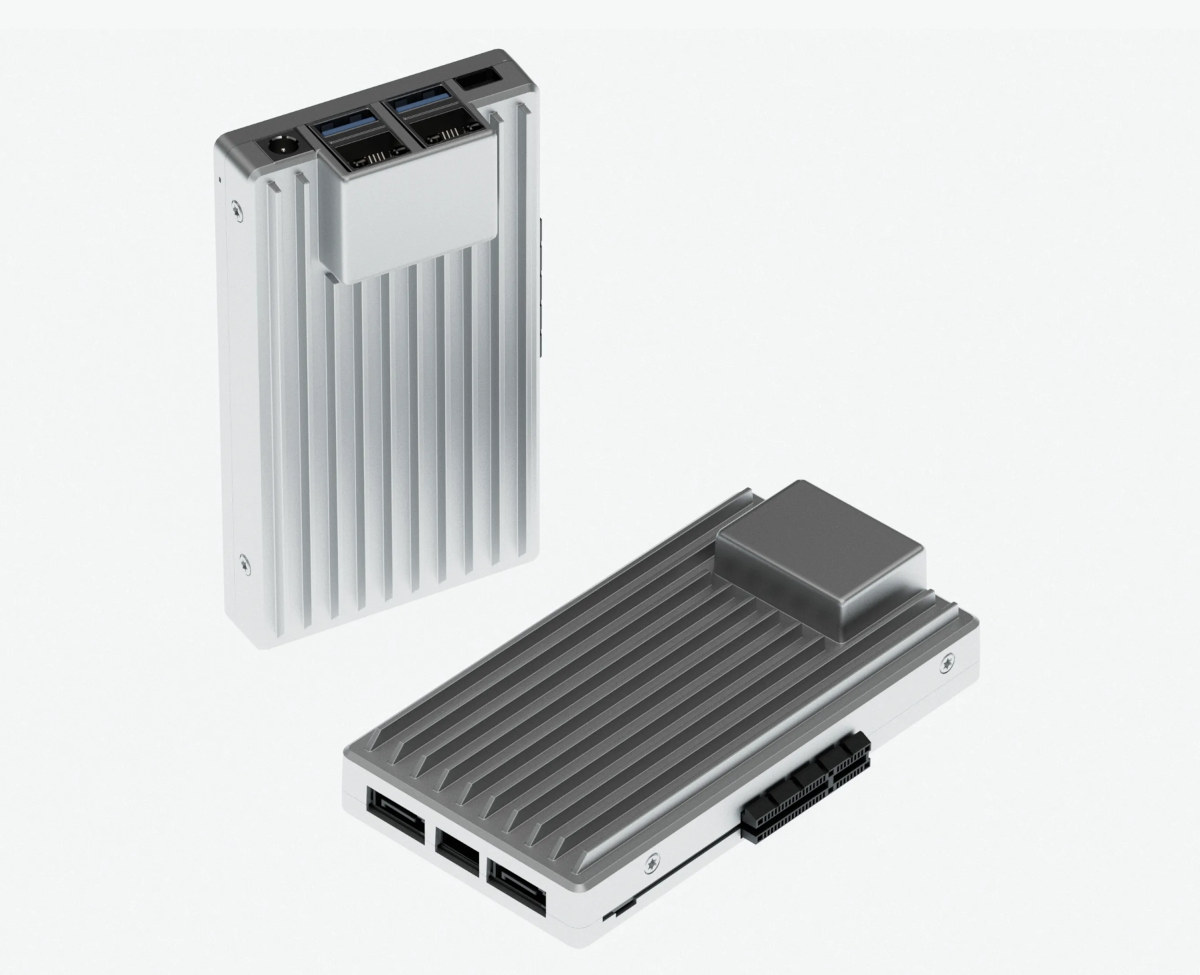Tiliqua is a Lattice ECP5 FPGA multitool board designed for audio and visual synthesis and compatible with the Eurorack modular synthesizer format. The board features four audio input jacks and four audio output jacks, all of which can be used as touch-sensitive inputs when not connected. Other interfaces include a USB 2.0 Host/Device port, MIDI support, two PMOD expansion connectors, and a display interface to connect the Tiliqua screen for visual effects. All those features make it suitable for audio-rate modulation, low-latency effects, video synthesis, high-speed USB audio, or emulating retro hardware. Tiliqua specifications: FPGA – Lattice ECP5 (LFE5U-25F-6BG256) FPGA supported by the open-source FPGA flow System Memory – 32MB PSRAM (tested up to 200MHz DDR / 400MB/s) Storage 16MB SPI flash for the FPGA 16MB SPI flash for the Raspberry Pi RP2040 2Kbit I2C EEPROM: for storing calibration constants Video Output – Digital video GPDI (General Purpose Differential Interface) […]
Walnut Pi 2B is an Allwinner T527 octa-core SBC with Raspberry Pi 5 form factor and interfaces
Walnut Pi 2B is a single board computer (SBC) powered by an Allwinner T527 octa-core Cortex-A55 SoC with a built-in 2 TOPS AI accelerator that closely follows the Raspberry Pi 5 design for compatibility with most HAT+ expansion boards and accessories. The Walnut Pi 2B SBC ships with 1GB to 4GB LPDDR4 RAM, an optional 32GB eMMC flash, and features a microSD card slot, gigabit Ethernet, four USB ports, a WiFI and Bluetooth module, MIPI DSI/CSI connectors, and the same PCIe FFC connector as found on the Raspberry Pi 5, and a 40-pin GPIO. One of the most obvious differences is that it only comes with one micro HDMI port instead of two on the Pi 5. Let’s check out the specifications to find other changes. Walnut Pi 2B specifications: SoC – Allwinner T527 CPU Octa-core Arm Cortex-A55 processor with four cores @ 1.80 GHz and four cores @ 1.42GHz […]
SO-ARM101 open-source dual robotic arm kit works with Hugging Face’s LeRobot
SO-ARM101 “Arm Servo Motor Kit” is an open-source dual robotic arm kit that works with Hugging Face’s LeRobot robotics framework and is designed to interface with NVIDIA Jetson AI modules and computers. It is an update to the SO-ARM100 DIY open-source robotic arm kit introduced last year with LeRobot framework support. The new SO-ARM101 is still comprised of leader and follower arms but features improved wiring to prevent disconnection issues previously seen at joint 3, motors with optimized gear ratios, and a few functionality where the leader arm can now follow the follower arm in real-time, which will be used for reinforcement learning (RL) where a human can intervene and correct the robot’s actions. SO-ARM101 specifications: Degrees of Freedom (DOF) – 6 per Arm Motor control Total servo – 12x STS3215 bus servos (6x for each Arm) Leader Arm 1x (7.4V) 1:345 gear ratio motor for No.2 joints 2x (7.4V) […]
Cerebro clusterboard supports up to four NVIDIA Jetson, Raspberry Pi CM4/CM5, or Radxa CM5 modules (Crowdfunding)
Cerebro is a modular board / clusterboard designed to take up to four system-on-modules such as NVIDIA Jetson SO-DIMM modules, Raspberry Pi CM4 or CM5, or Radxa CM5. The board integrated a BMC for intercommunication between the CPU modules. The Cerebro was designed out of frustration as the team at Sparklab Solution could not find a solution where boards would work together seamlessly. While there are other clusterboards for Raspberry Pi Compute modules, the Cerebro motherboard provides more flexibility with three M.2 sockets per node, a built-in BMC and optional expandable BMC, KVM support between each node, dual Ethernet, a 10 Gbps USB 3.2 port, and more. Specifications: Compute Modules 4x SODIMM-260 slots Compatibility Nvidia Jetson Orin NX/Nano Raspberry Pi CM4/CM5 via adapter Radxa CM5 via adapter Supports mix and match of different models Storage 2x M.2 key-M slots per node (8x in total) for NVMe SSD 1x MicroSD card […]
Air Lab is a portable Wi-Fi & Bluetooth LE air quality monitor with an e-paper touchscreen display (Crowdfunding)
Networked Artifacts’ Air Lab is a portable air quality monitor based on ESP32-S3 Wi-Fi & Bluetooth LE wireless SoC, equipped with an e-paper touchscreen display, and plenty of sensors to measure CO2, temperature, relative humidity, air pollutants (VOC, NOx), and atmospheric pressure. The Air Lab ships with a rechargeable 1,500 mAh battery that will be good for about 21 days on a charge in passive mode (taking measurements every minute), and you can also power it over its USB-C ports. It includes a debug port for people wanting to change the firmware, and a GPIO header to connect additional sensors if required. Data can be visualized on the e-paper display or transmitted over BLE or MQTT for integration with Home Assistant. The company also provides a CSV export function and a web-based dashboard for data visualization. Air Lab specifications: Main module – ESP32-S3 module with PCB antenna for 2.4GHz WiFi […]
ESPuno Pi Zero ESP32-C6 board takes up to 60V DC input, offers RS-485 interface (Crowdfunding)
ESPuno Pi Zero is a Raspberry Pi Zero-sized board based on an ESP32-C6-MINI-1 WiFI 6, BLE, and 802.15.4 wireless module and an SMPS that allows up to 60V DC input via a 2-pin terminal block. The board also features two USB-C ports, one connected to the ESP32-C6 and the other to a CH343P USB-to-serial chip, a 40-pin GPIO header, a Grove connector, a 3-pin terminal block for RS-485, DMX, Profibus, and a few buttons and LEDs. ESPuno Pi Zero specifications: ESP32-C6-MINI-1-N4 or ESP32-C6-MINI-1U-N4 SoC – Espressif Systems ESP32-C6 single-core 32-bit RISC-V clocked up to 160 MHz 320KB ROM, 512KB SRAM, low-power RISC-V core @ up to 20 MHz CPU Single-core 32-bit RISC-V clocked up to 160 MHz Low-power RISC-V core @ up to 20 MHz Memory/Storage – 320KB ROM, 512KB SRAM Wireless – 2.4 GHz WiFi 6, Bluetooth 5.0, and 802.15.4 radio (for Thread/Zigbee) Storage – 4MB flash Antenna ESP32-C6-MINI-1-N4 […]
Sony AS-DT1 tiny industrial LiDAR depth sensor can operate under bright conditions (up to 100,000 lux)
Sony AS-DT1 is a tiny and precise LiDAR depth sensor, which the company claims is the world’s smallest at just 31 x 29 x 29mm and the world’s lightest at 50 grams compared to other solutions with a range of 10 meters or more. It is designed for applications such as drones for inspections and surveys, autonomous mobile robots, food service robots, and warehouse automation. The LiDAR module uses Direct Time of Flight (dToF) LiDAR technology with a Single Photon Avalanche Diode (SPAD) sensor to deliver fast, accurate three-dimensional distance measurements both indoors and outdoors. According to the company, the sensor can measure a range of up to 40 meters indoors and 20 meters outdoors, even in bright light, with ±0.2-inch (+/-0.5mm) accuracy at 10 meters, and a distance resolution of 0.98 inches (2.5cm). Featuring a rugged yet lightweight aluminum alloy housing, two USB-C ports, and connectors for external power, […]
Zimaboard 2 – An Intel N150 micro server and mini PC with dual SATA, dual 2.5GbE, PCIe slot, miniDP (Crowdfunding)
ZimaBoard 2 is a compact Intel Processor N150 “Twin Lake” mini PC and micro server with two 2.5Gbps Ethernet ports, two SATA ports, two USB 3.1 ports, and a 4K-capable miniDP video output. It built upon the company’s ZimaBoard introduced in 2021 with an Apollo Lake processor, but offers a much faster Intel N150 CPU, LPDDR5x memory, 2.5GbE networking instead of gigabit Ethernet, and a PCIe Gen 3.0 x4 slot as opposed to a PCIe Gen 2.0 x4 slot. Two variants are offered: one with 8GB RAM and 32GB eMMC flash and the other in a 16GB/64GB configuration. Zimaboard 2 specifications: SoC – Intel Processor N150 quad-core “Twin Lake” processor @ up to 3.6 GHz (Turbo) with 6MB cache, 24EU Intel UHD graphics @ 1000 MHz; PBP: 6W (but set to 10W here) System Memory and Storage ZimaBoard 2 832 – 8GB LPDDR5X 4800MHz; 32GB eMMC flash ZimaBoard 2 1664 […]


